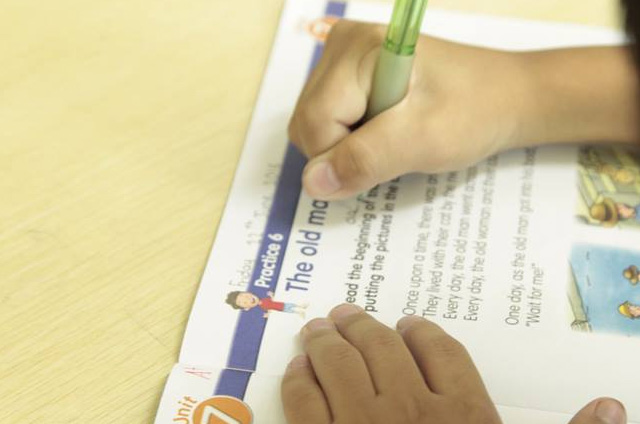best phone app rusian bride custom essay writings
HOW TO GET A MUSEUM INTERNSHIP
I have been lucky enough to be a volunteer, unpaid intern, paid intern, and full-fledged hired employee in a lot of different museums–from the very small and specific, to the medium-sized, to the encyclopedic and kinda famous. As I’ve now completely transitioned into supervising interns myself rather than being one, I thought it was high time I write a post about how to go about getting an internship in a museum.
Just So You Know…
I want to note that this is based on my personal experience only–and is really just a collection of tips, tricks, and things to know that I’ve accumulated along the way. Take it all with a grain of salt, and make your own journey!
Also, I’m a hands-on learner and deeply believe that while theory is important, there is truly no substitute for being in a museum office setting. Math tutor on the http://www.onlinetutorforme.com/math-tutor-near-me/ choose your personal tutor. Even if you’re only making copies, you’re still learning a ton more than if you were only hearing about it from a professor. I feel very strongly about hands-on learning, but if you are a more theoretical kind of learner, some of my advice might not be for you.
The Best Piece of Advice I Can Give You
For me, one of the most important things to remember during the whole entire process is to keep in tune with your passion and sincerity. If you love what you’re doing, and are sincere and kind to everyone you work with, in my experience, things tend to work out really well — before, during, and after your internship.
Now let’s dive in to the specifics!
Fair Warning: You Will (Almost Definitely) Not Be Paid
It’s a downright shame, but it is also a truth: finding a museum internship is extremely difficult. It is definitely not impossible, but it is hard. Finding a paid internship is even more difficult. And when you get a museum job, you will not be making a million dollars. Those are much bigger issues in our field than this blog post can address, but I also don’t want to sugarcoat the issue. That said, the bottom line, pay or not, is that you will learn a lot in your internship if you put in time, effort, and care. And as a currently employed museum person, I can tell you that most museum people would probably LOVE to pay you, but their budgets won’t let them do so.
Because of this, I would highly recommend interning in a museum as early as you can. I started interning in high school when I still lived under my parents’ roof and continued to intern in college, both at school and when I was home during the summers. If you are able, take advantage of times when you hopefully have some support paying the bills.
I also want to say that without interns and volunteers, museums could not function. I know it is small comfort when you are trying to pay the rent, but this is also a truth. Your supervisor hires interns for a reason: our workloads are quite big, and you are extremely helpful in helping us accomplish things. We also love mentoring young museum-loving people, just so you know. We need you, we love you, and if your supervisor is anything like me, we’ll buy you a latte whenever we can as a small but heartfelt token of thanks.
Finding an Internship
Let me preface this section by saying something that should probably go without saying: Work in advance! Many larger museums have internship deadlines six or more months out from the start date; smaller museums, who may not post deadlines, will appreciate your organization. Time management skills are essential for full-time museum jobs and the sooner you make them a habit the better.
If you’re in high school, museums in your area might offer paid internship programs or other special opportunities for teens. Be sure to check out museum websites’ sections for teens to take advantage of those kinds of programs, which are usually amazing chances for teens to cut their teeth on the museum world, get behind the scenes, and often make art as well.
Otherwise, if you are out of high school, there are a number of different resources on the web for finding museum internships. Here are the most helpful general resources for museum internships that I’ve found:
Museum Internships for Graduate Students (useful for any level of education, no worries)
GlobalMuseum.org Internships/Fellowships Listings (they also have a great jobs website)
American Association of Museums Job HQ (sometimes has internship listings, usually paid or for larger museums)
Regional museum association websites (e.g., PA Federation of Museums, New England Museum Association, New York Foundation for the Arts) often post internship opportunities on their job pages
But hands-down, the best resources are likely the museum websites themselves. Internship opportunities are usually linked through their education department or sometimes the job opportunities page. If you know what museum you want to work at (see below), then their website is the place to look.
But hands-down, the best resources are likely the museum websites themselves. Internship opportunities are usually linked through their education department or sometimes the job opportunities page. If you know what museum you want to work at (see below), then their website is the place to look.
If the museum doesn’t list internship opportunities on their website, that doesn’t mean they won’t take interns. “Cold apply” (see below) and impress them so much they make up an internship especially for you.
































